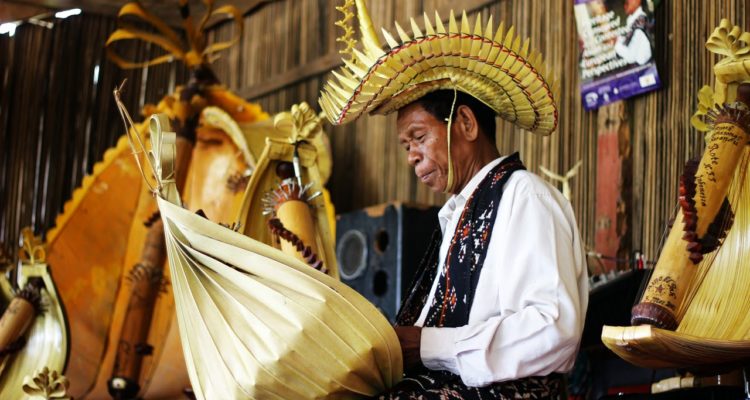Before you head out to Rote Island, it’s probably a great idea for you to note that the languages commonly spoken does include English! In fact, just like other islands on Indonesia, Rote island has a variety of languages spoken (by the people) and it is definitely interesting to note especially if you’re a fan of linguistics!
Here at Seed Resort we are proud to share their heritage with our guests so they leave (the island) knowing the many special facts about this beautiful it. So if you’re heading here soon, here’s a list of languages spoken on Rote Island that you may have not known!
Bahasa Lole
Commonly spoken by people from the central parts of the island, this language is conversed mostly by the people of Lole and Ba’a which has its origins sounding similar to Austronesia. The estimated amount of people fluent in Bahasa Lole is within 26,000 and consists of dialects as you approach different parts of the central island too!
Bahasa Ringgou
Originally from the most eastern part, Bahasa Ringgou is spoken by only 10,000 people predominantly by those who are from Ringgou, Landu and Oepao. Tracing its linguistic roots back to Austronesia, you can be sure to find similarities of sounds when you compare it to other languages spoken on the island!
Bahasa Termanu
More widely spoken (and possibly what you would hear as you fly into Kupang) is Bahasa Termanu. This language can also be heard in some central parts of Rote and consists of four different dialects Pa’da, Pa’da Kona, Korbafo, and Bokai. With around 30,000 people speaking Bahasa Termanu, it is a more common language when compared on the island.
Bahasa Bilba
If you’re looking for the most popular language on Rote island, it would probably be Bahasa Bilba. Spoken by roughly 70,000 people on the island, the language also traces back to Austronesia and is mainly conversed in areas such as Bilba, Diu, Lelenuk, some western parts of Ringgou, as well as some communities on Semau Island and Eastern parts of Kupang. Bahasa Bilba also has its own dialects particularly for the people located in Bilba, Diu and Lelenuk.
Bahasa Dengka
Conversed on the western part of Rote Island, Dengka and Lelain. It is a language only spoken by 20,000 people and has two distinct sounding dialects for those who are located on the east compared to the west of Dengka. The differences derive from the fact that the intonation for the specific sound “nd” in west Dengka changes to “ngg” when you head into east Dengka which you will probably notice if you travel between both areas!
Bahasa Dela-Oenale
Probably one of the rarer languages on the island, Bahasa Dela-Oenale is only spoken by 8800 people on Rote. There isn’t much known about this language amongst linguist, but what is certain is that it is part of what makes this island so special!
Bahasa Ti’i
Unlike other languages we’ve discovered thus far, there isn’t much known about Bahasa Ti’i and statistics of how many people actually converse in this language. But what we do know for sure is if you see a hat resembling a Mexican sombrero – remember that it’s called a Ti’i Langga and it is one of the cultural symbol on Rote island!
Bahasa Dhao
With only 5000 people conversing this language on the island, Bahasa Dhao is originally spoken by the Dhao people of Dhao Island as well as some who reside on Timor Island. But it is said that the Dhao people recognise that some of their ancestors moved to Rote centuries ago and have since resided there. What is interesting to note is that the Dhao language on Rote Island is known as Ndao instead!
Bahasa Indonesia
If you have some basic knowledge in Bahasa Indonesia you’re in luck! Most of the people on Rote Island (especially the ones working in tourism) are fluent in this language. So you won’t be entirely lost if you don’t speak any of their local languages but we’d definitely suggest don’t be afraid to try learning some from the locals!
Curious to learn these cool languages from Rote? Speak to our staff and let them teach you a couple of fun phrases!



